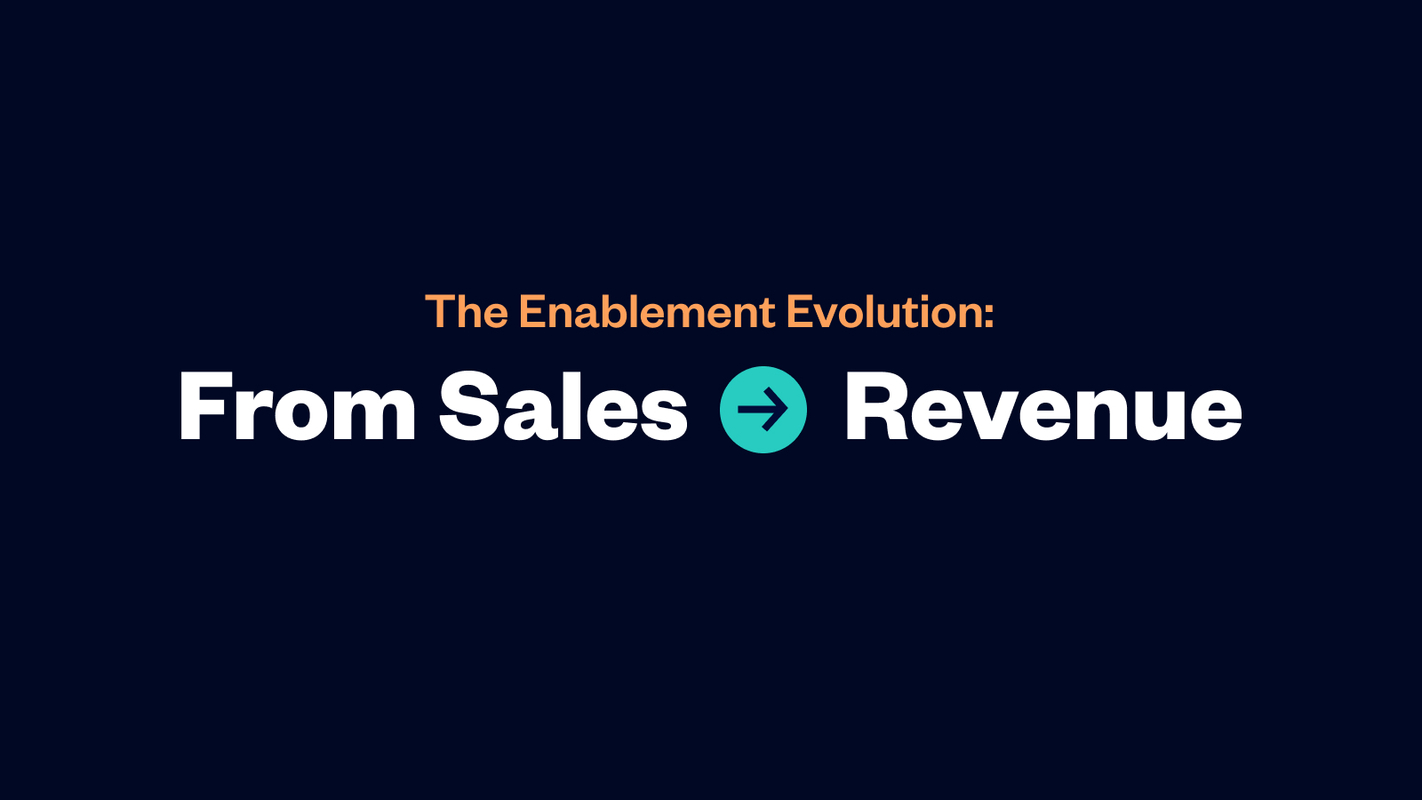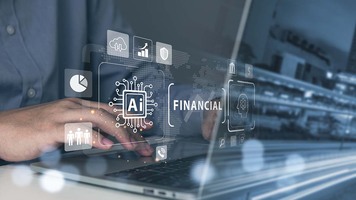For years, various vendors talked about sales enablement and helping customer-facing sellers be more effective. But an interesting thing happened a couple of years ago. Analysts started using the term revenue enablement and have now standardized on that term to describe the enablement space. But is there a difference between sales enablement and revenue enablement?
Both Gartner and Forrester say sales leaders should transition to a revenue enablement model that broadens teams to include ALL customer-facing roles inclusive of sales customer support engineers, marketers, and customer success. It is a fundamental shift from thinking of enabling "sales" as a team to enabling "revenue" as an outcome driven by multiple teams.
The shift is a natural evolution of the sales enablement function and market. Evolving B2B buyer preferences and selling processes mean customer-facing functions must be aligned. When they are, they provide a cohesive customer journey-a customer-driven experience that increases customer satisfaction and drives revenue.
"Revenue enablement connects enablement efforts and uses shared technology, tools, data, analytics, processes and KPIs to reduce the complexity of the modern sales ecosystem," says Doug Bushée, Senior Director Analyst at Gartner. "It provides buyers and sellers with a seamless and more effortless experience."
You might be thinking, "That sounds great, but what does it mean? How exactly is revenue enablement different from sales enablement? And why should I change?"





